Ancient news stories
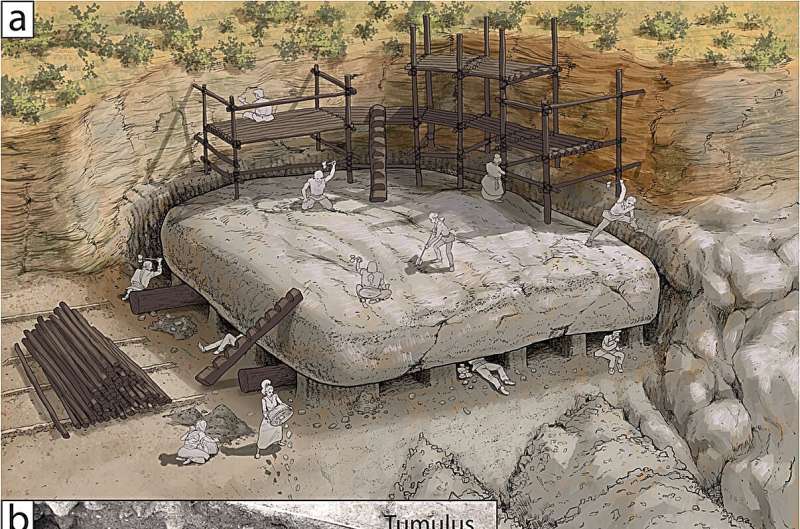
A team of archaeologists, geologists and historians affiliated with several institutions in Spain has found that the Menga dolmen represents one of the greatest engineering feats of the Neolithic. Their study was published in Scientific Reports.

The postage stamp-size lead piece, known as the Mount Ebal tablet, has been controversial since its discovery was announced last March. Its finders suggested the tablet showed writing in an early form of the Hebrew alphabet that called on the god of the Israelites to curse his enemies. But the new studies reject claims that the tablet is the earliest-known inscription of the name Yahweh and that it supports biblical accounts of the origins of the ancient Israelites.
Two mosquito fossils, preserved in Lebanese amber, are challenging scientists’ understanding of how blood feeding developed in the insects. The findings have been published in Current Biology.

Recent evidence suggests kings did not always run the show.
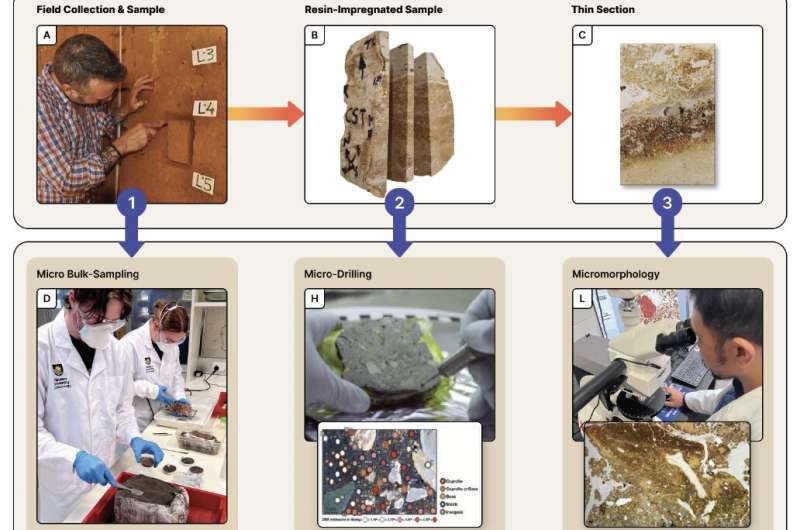
In a scientific commentary published in the journal Nature Ecology & Evolution… a group of archaeological scientists strongly advocate for the use of modern scientific techniques to support claims such as those made about Homo naledi.

Inside a decades-long journey to uncover the sacramental origins of the Bufo alvarius toad—and the powerful psychedelic derived from it…The story began innocently enough in Haiti in the spring of 1982, in the temple of a Vodoun sorcerer…
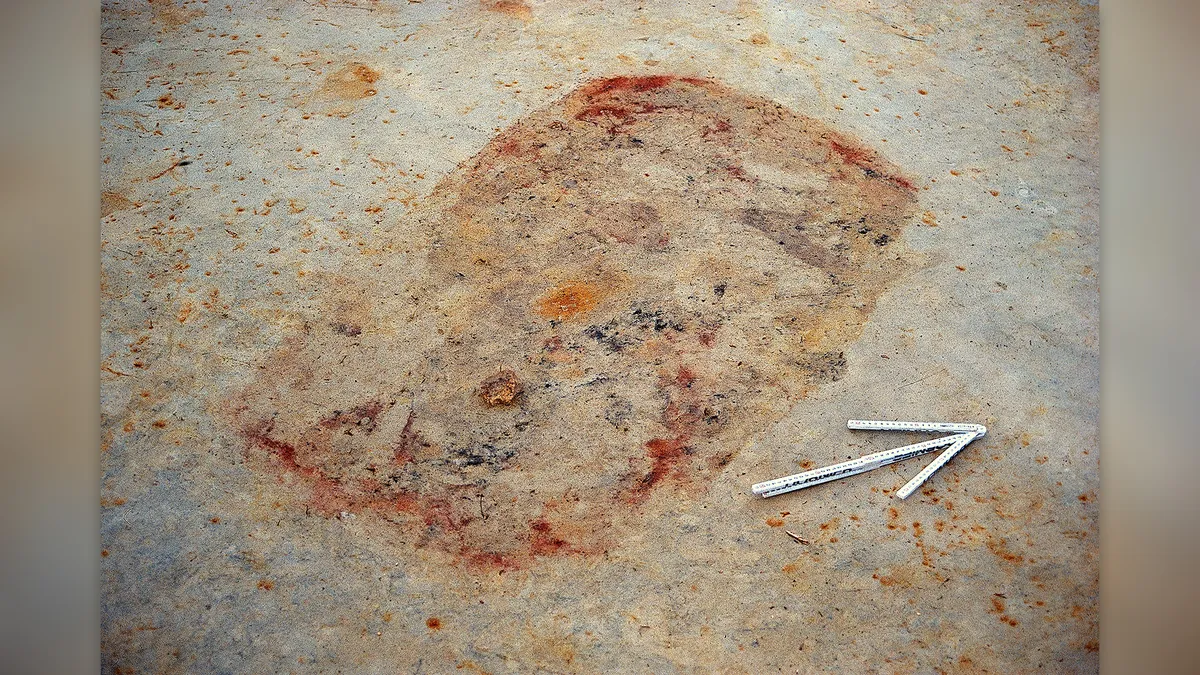
Archaeologists think they may have found one of the largest prehistoric hunter-gatherer cemeteries in northern Europe just a hair south of the Arctic Circle. But the one important thing missing from the 6,500-year-old site in Finland is any evidence of human skeletons.
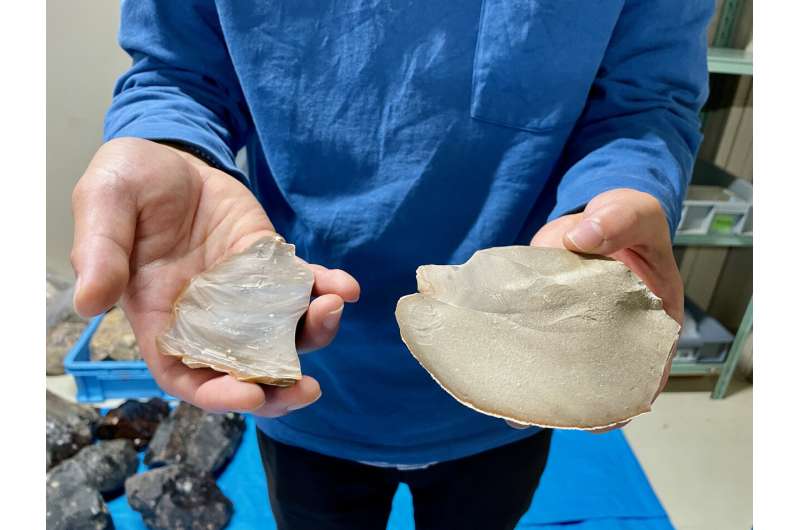
A research group… has clarified differences in the physical characteristics of rocks used by early humans during the Paleolithic…The researchers have published the results in the Journal of Paleolithic Archaeology.
Fossil tracks found in southern Africa, push the potential evolution of the first birds back to 210 million years ago – during the Triassic (252–201 million years ago), the first epoch of the “Age of Dinosaurs.”
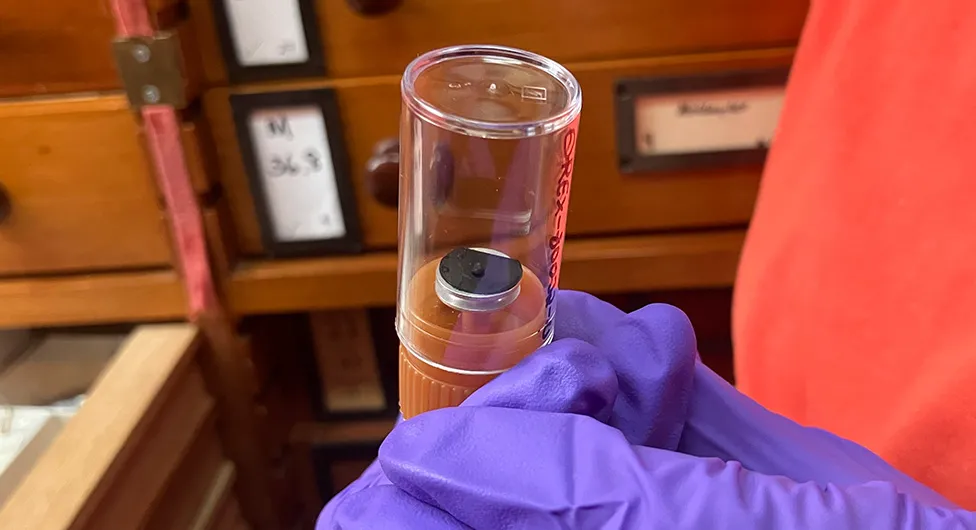
Fragments from the asteroid US space agency Nasa has described as the most dangerous rock in the Solar System have arrived in the UK for study.
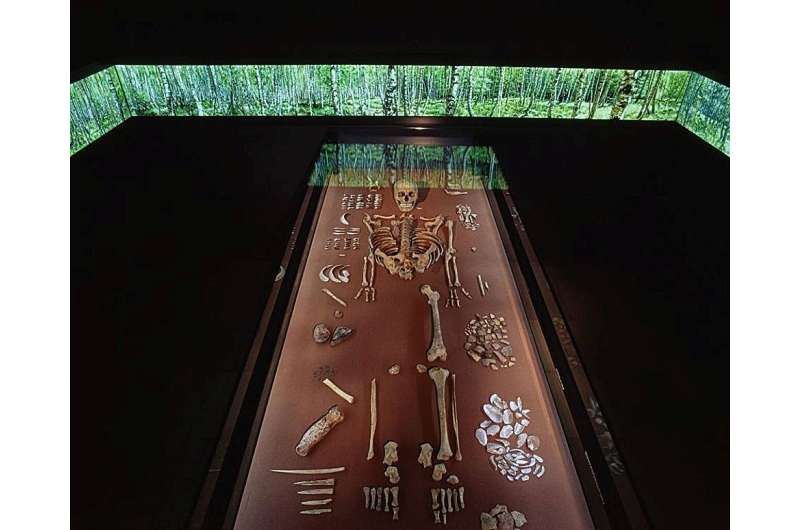
The double burial of an adult woman and an infant, dating to about 7000–6800 BCE, discovered in 1934 during construction works at the spa gardens of Bad Dürrenberg, is regarded as one of the outstanding burial finds of the Mesolithic in Central Europe…Genetic research now reveals the relation of the woman and the child: the boy is not her son, but is a fourth- or fifth-degree relation.
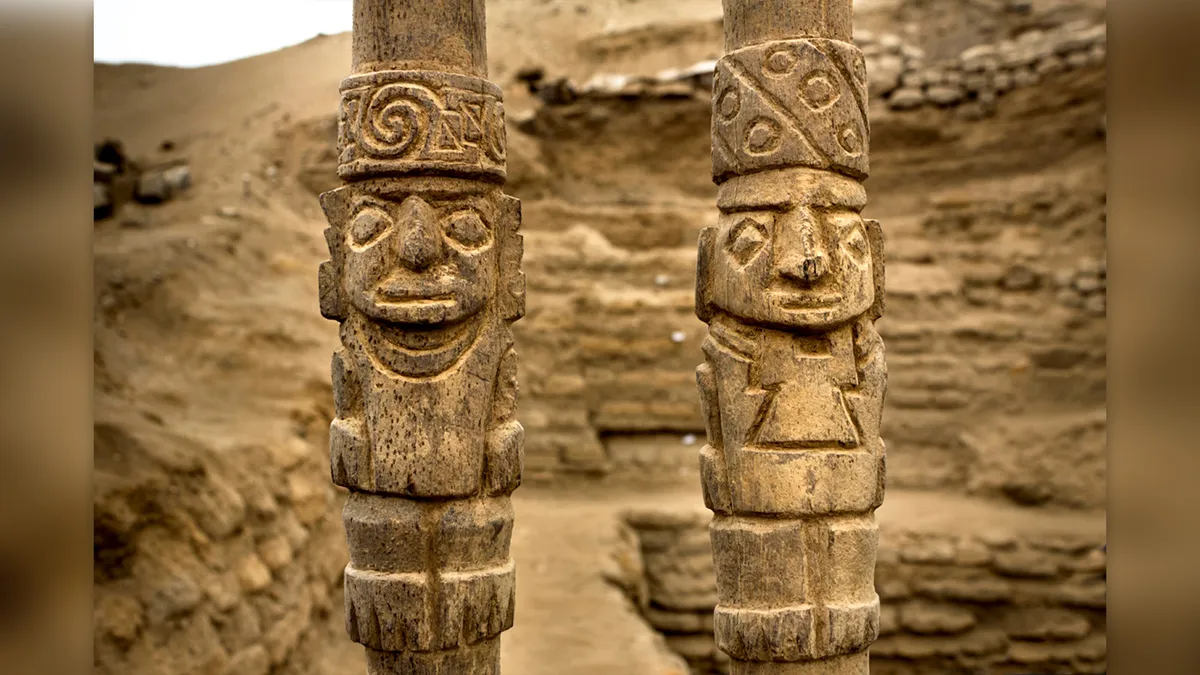
Several dozen burials from the Wari culture, which prospered in the region before the Inca took over, were unearthed in Peru.
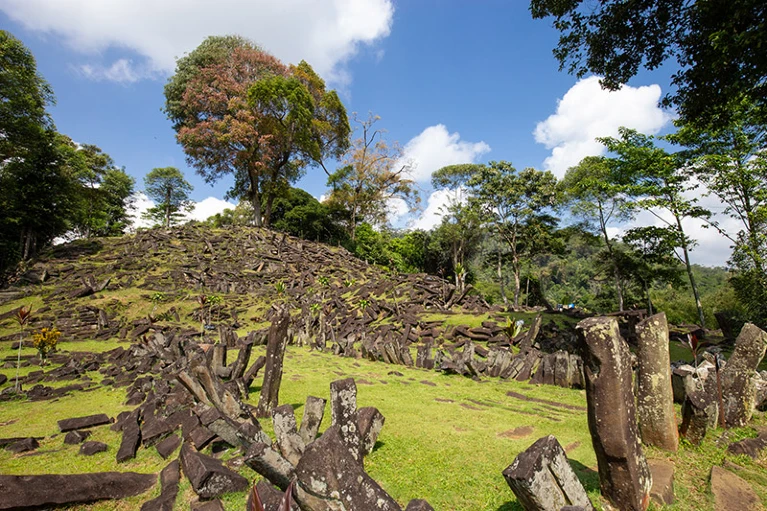
A headline-grabbing paper claiming that a structure in Indonesia is the oldest pyramid in the world has raised the eyebrows of some archaeologists — and has now prompted an investigation by the journal that published it, Nature has learnt.
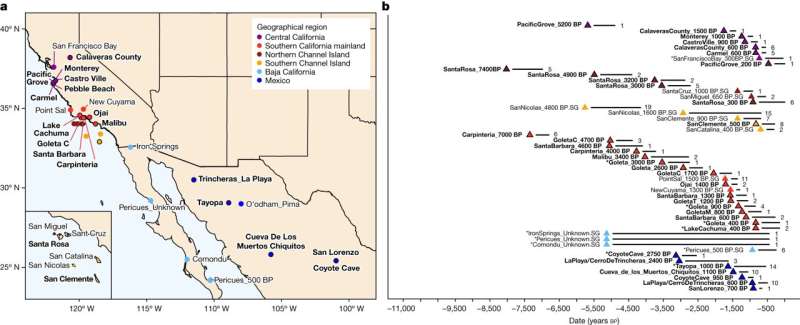
In a paper, “Genetic continuity and change among the Indigenous peoples of California,” published in Nature, the researchers reveal new genetic data that links ancient individuals and languages to the cultural landscape of ancient California.

A new analysis by an international team of researchers has added evidence to claims that the world prior to the asteroid blow was anything but paradise, with measures of sulfur in the atmosphere reaching critical levels.
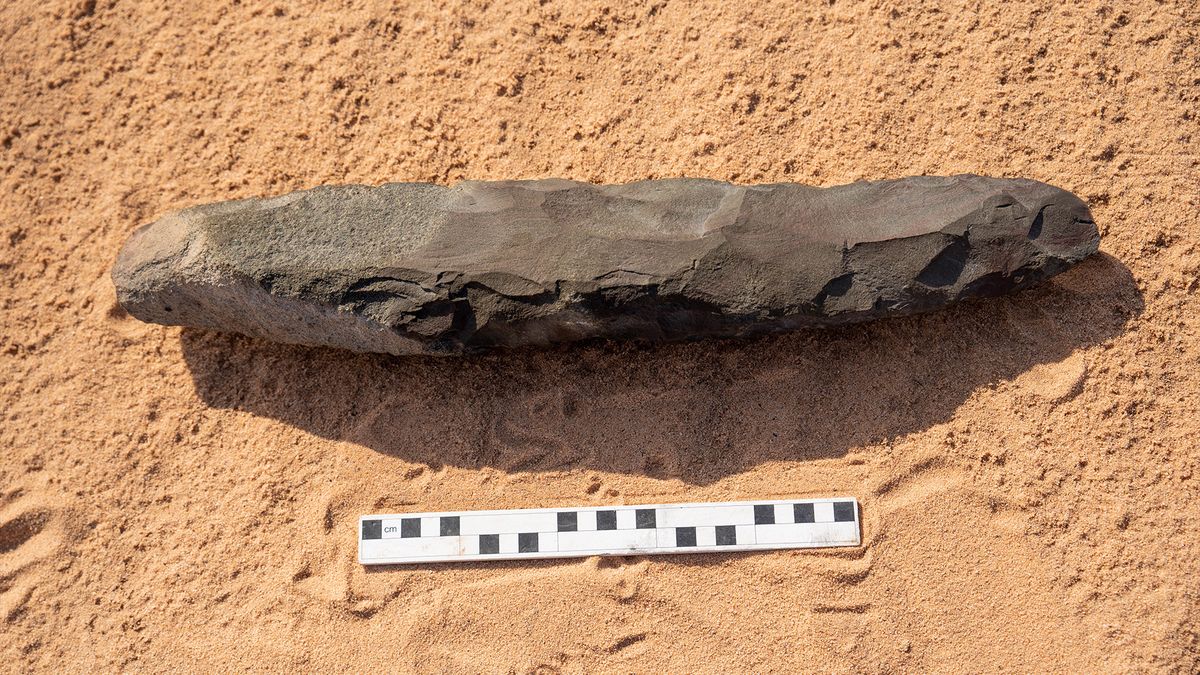
What may be the world’s largest prehistoric hand ax, measuring over 20 inches long, was found in Saudi Arabia. It’s also unknown how old the tool is…However, other tools found at the site may date to 200,000 years ago…








